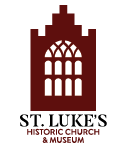
,Did your mother teach you not to talk about religion and politics in polite company? If so, she would have blushed at the amount of debate during the ratification of the Constitution concerning these topics, which raged between 1787 and 1789. Federalists and Antifederalists clashed over the role of religion in government and over the festering issue of slavery. One of the problems that led to the Revolution was the establishment of the Church of England in much of the Southern Colonies. Establishment meant laws that included mandated worship attendance, church taxes, and even an insistence on using the Book of Common Prayer (the standard worship book for the Anglican Church). As America was seeking to address the shortcomings of the Articles of Confederation, the question of what role religion would play in the new government was by no means a settled one.
While there was a general consensus supporting toleration between different religious traditions, there were still strong voices advocating for a government peopled by the devout. Richard Henry Lee, the man who proposed the resolution for Independence in July of 1776, wrote to James Madison prior to the Constitutional Convention; “Refiners may weave as fine a web of reason as they please, but, the experience of all times shows religion to be the guardian of morals. The opinions of men need to be formed in favour virtue and religion” (A letter from Lee to Madison, 1784). Lee, who would become a formidable Antifederalist, was one of many voices that saw a need for a government heavily influenced by religion, specifically and solely the Christian tradition. In the South, Disestablishment had weakened the colonial rules concerning religion; however, the Congregationalist tradition had a stranglehold on power in the New England states. James Madison and the other proponents for ratification had their hands full.
The Constitution never mentions the name of a deity, not because those ratifying it were secularly minded but because the issue of religion was such a heated one. James Madison had the difficult task of bringing divided factions together to support the Constitution. An Anglican himself, Madison had been heavily influenced by the Rev. John Witherspoon, a Presbyterian Minister, President of the College of New Jersey (now Princeton), and known champion of Religious Freedom. Thus, Article VI Clause III was included as Madison hoped it would sufficiently guard against Religious Intolerance. Article VI Clause III is the only mention of religion in the main body of the Constitution, stating, “… no religious Test shall ever be required as a Qualification to any Office or public Trust under the United States.” But this did not satisfy those who believed a Bill of Rights was necessary, including some members of the clergy.
The Rev. John Leland was a Baptist Minister from Massachusetts, who served in Virginia during the contentious times of the ratification debates. Leland was a progressive beyond his time. He wrote “Government should protect every man in thinking and speaking freely, and see that one does not abuse another. The liberty I contend for is more than toleration. The very idea of toleration is despicable; it supposes that some have the pre-eminence above the rest to grant indulgence, whereas all should equally free, Jews, Turks, Pagans and Christians.” For Leland, and others, Article VI was not enough to ensure Freedom of Religion.
Another issue that caused tension was the divide over slavery. The Abolitionist Movement was largely a religious one. Objections arose to both the Three-fifths Compromise and the 1808 Clause, which prohibited any measures taken to abolish the slave trade until that year (1808). Opponents argued that it was improper to count a person as only a percentage of a whole, especially while denying that person any say in their own governance. An Antifederalist writing under the pseudonym Brutus III wrote, “…in some states, a considerable part of the property of the inhabitants consists in a number of their fellow men, who are held in bondage, in defiance of every idea of benevolence, justice and religion and contrary to all the principles of liberty…” A swift reply came from John Rutledge who countered with the threat that South Carolina would not ratify the Constitution if slavery was, in any way, limited or abolished.
It became increasingly clear that ratification was not going to be a smooth process. Between 1787 and 1789, a Bill of Rights became necessary to secure sufficient support for the Constitution. The very first amendment would deal with the prickly issue of Religious Freedom. A portion of the Amendment reads, “Congress shall make no law respecting an establishment of religion, or prohibiting the free exercise thereof.” The Amendment was a compromise. By limiting the Amendment to Congress, Establishment could be upheld in individual states. While the government cannot impose religion nor interfere with the free exercise of religion, religious expression within limits is permitted. Therefore, the new Nation became neither a theocracy, nor a totally secular form of government.
Given the obstacles that James Madison and the other Federalists faced, the eventual ratification by all states was no mean feat. While issues concerning slavery lingered through and beyond the American Civil War, the framework for our Republican form of Democracy was shaped in the turbulent last quarter of the 18th century. We continue to debate these issues in the 21st century as we seek to work towards what Gouverneur Morris so eloquently states in the Constitution’s preamble, “a more perfect union.”
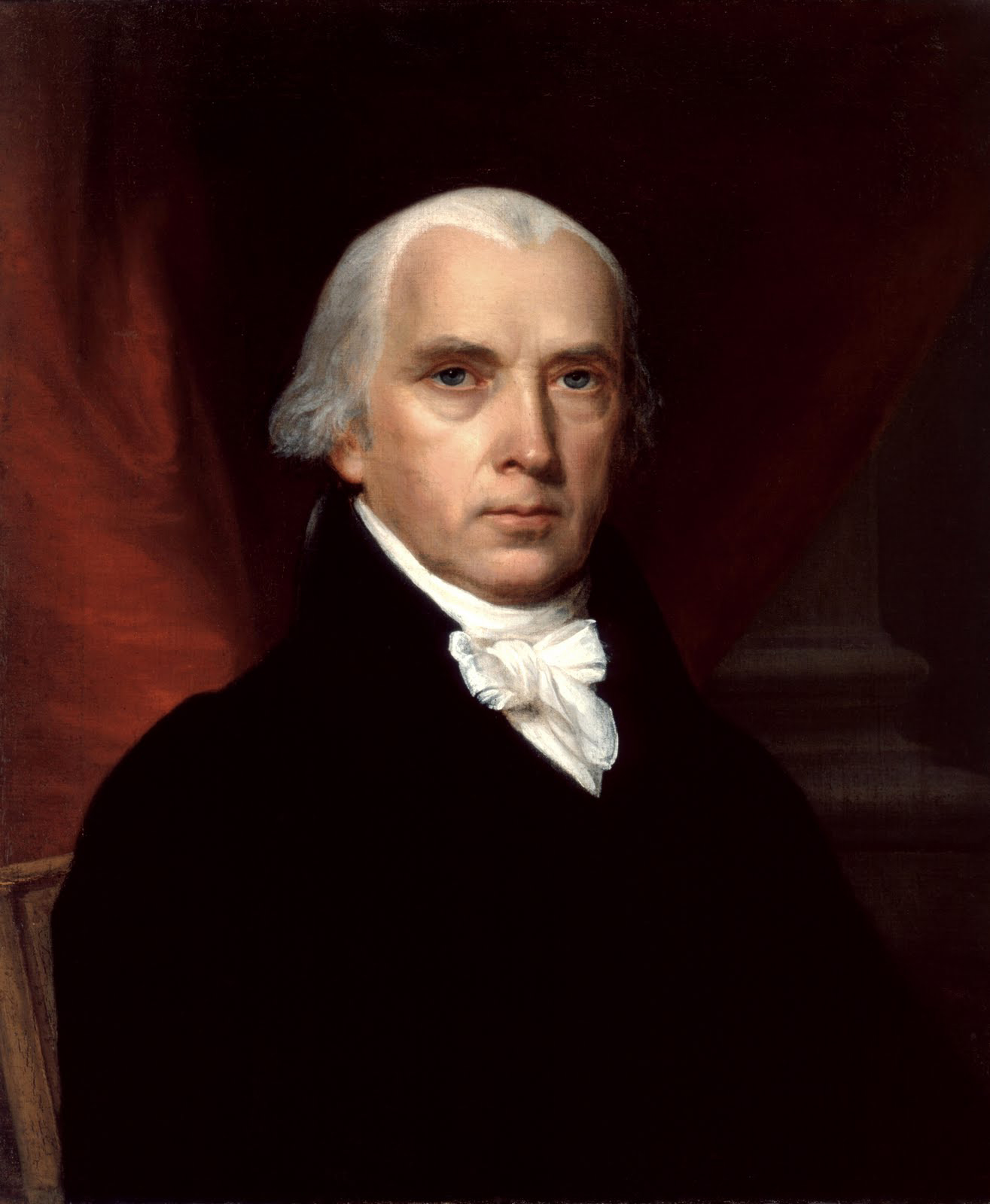
(Above) A portrait of James Madison, fourth U.S. President, hailed as the “Father of the Constitution.”
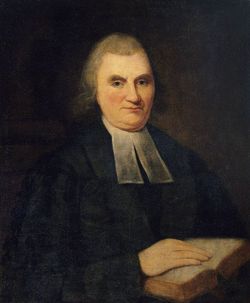
(Above) A portrait of Rev. John Witherspoon, a Presbyterian Minister, President of the College of New Jersey (now Princeton), and known champion of Religious Freedom.
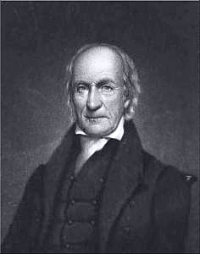
(Above) A portrait of Rev. John Leland, a Baptist Minister from Massachusetts who served in Virginia during the ratification debates.
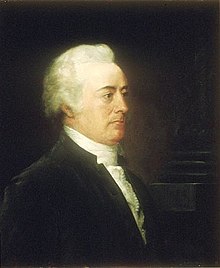
(Above) A portrait of John Rutledge, first governor of South Carolina.
Enjoy this article? Please consider supporting St. Luke’s with a donation!
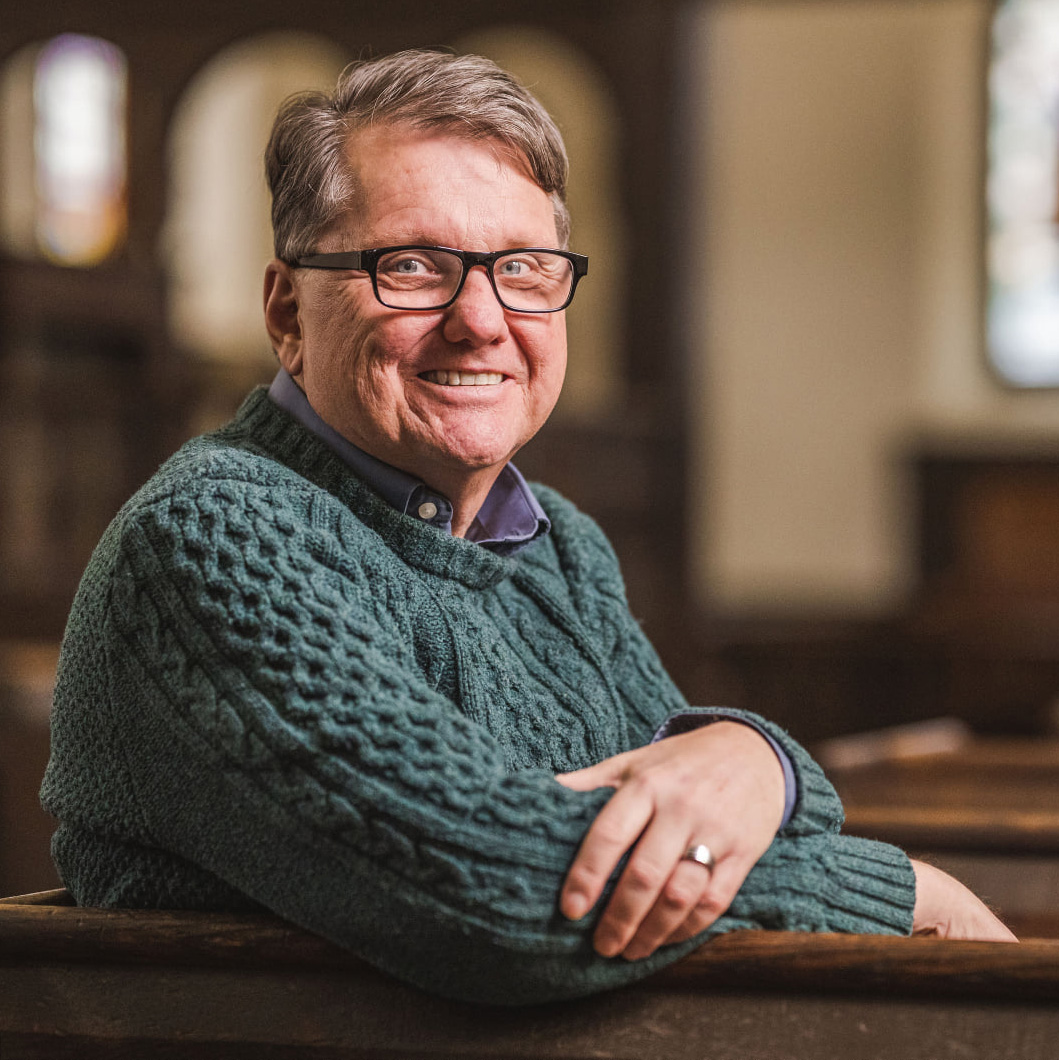
John Ericson is the Outreach Coordinator and a Public Historian for St. Luke’s Historic Church & Museum. John holds a degree in History from Roanoke College and a Masters of Divinity from the Lutheran Theological Seminary at Gettysburg. In addition to John’s role at St. Luke’s, he is the Pastor of Reformation Lutheran Church in Newport News, Virginia. John is married to Oneita Jamerson Ericson, a native of Isle of Wight County, Virginia. They have three sons, Matthew, Thomas, and James, as well as two granddaughters, Carys and Lennon. The Ericsons currently reside in Hampton, Virginia. John has been teaching Reformation History and the Early American Religious Experience for more than thirty years.
